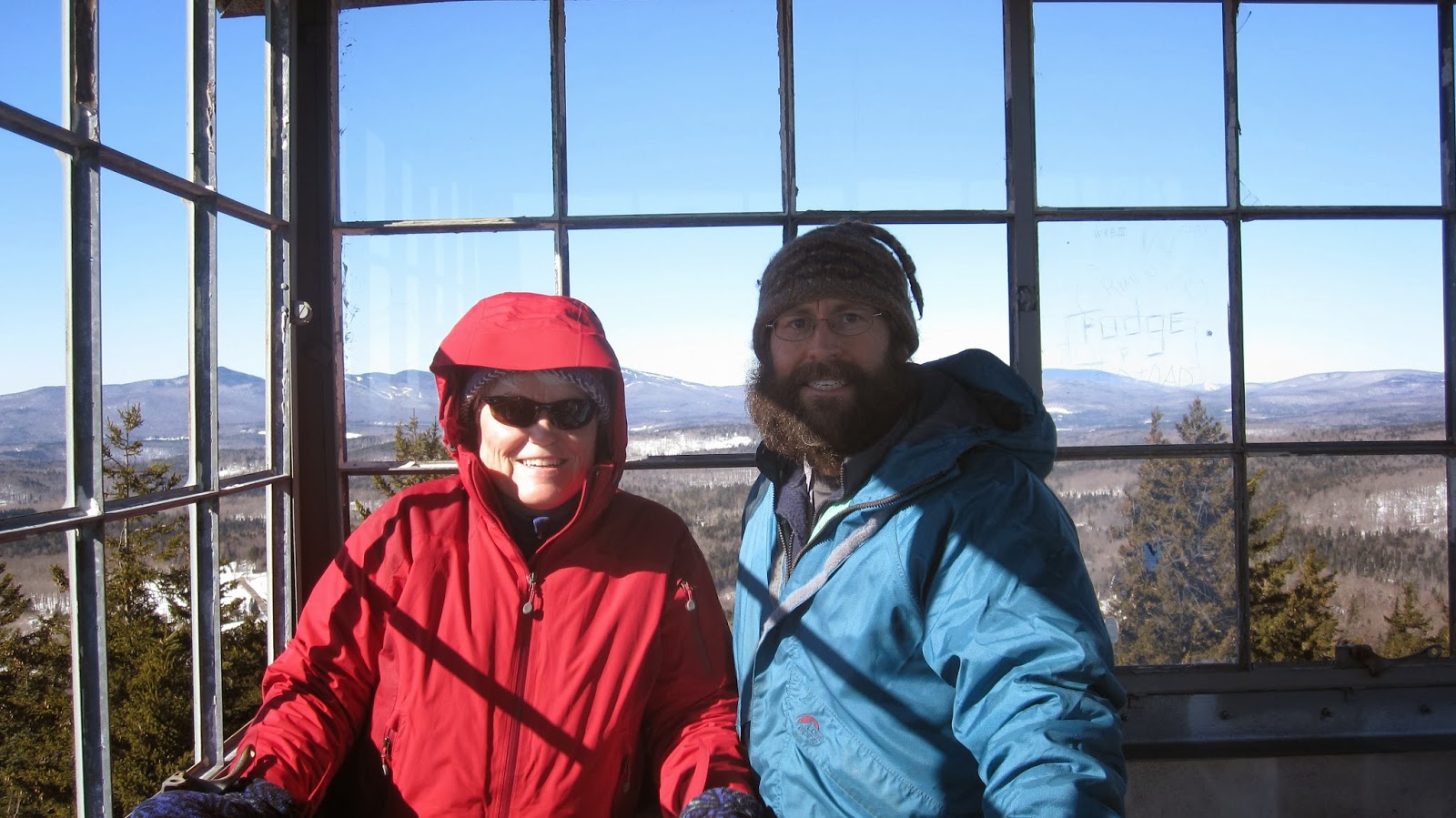52 Parks in 365 Days

The Molly Stark State Park fire tower Every summer, people come from all over to visit Vermont State Parks. Return visitors are loyal to their favorite campsites and swimming spots and choose to come back year after year because of their connection to the park. Every park is different and offers an abundance of fun outdoor activities. Last winter, after receiving Vermont State Park passes as gifts, Vermont couple Anne and Steve set a goal to visit every Vermont State Park within the year. There are 52 state parks in Vermont, spanning the length of the state, and visiting all of the parks would mean seeing many during the summer months as well as during the off season, which begins in October. The couple began the challenge in mid-January 2013 with some cross-country skiing at Little River State Park in Waterbury. We asked Steve and Anne to give us some insight as to why they decided to embark on the state park challenge, how they did it, and to describe some of their favor...





